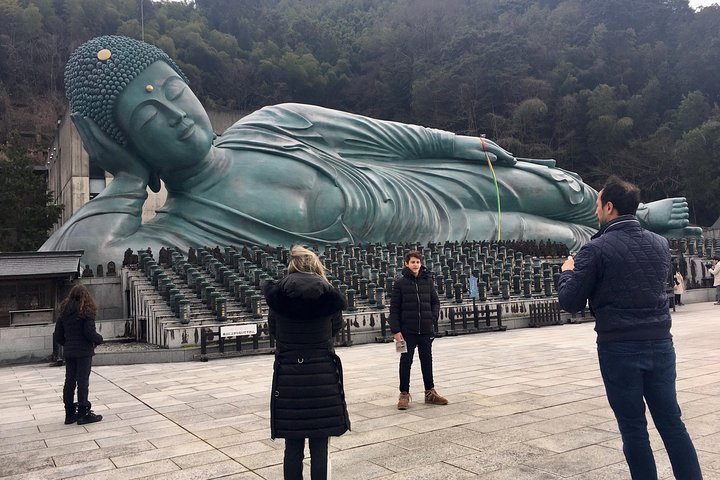
Kumamoto, located on the island of Kyushu, is a hidden gem that offers a perfect blend of history, culture, and natural beauty. One of the city’s most iconic landmarks is Kumamoto Castle, a majestic fortress that stands as a testament to Japan’s feudal past. Visitors can immerse themselves in the rich history of the castle and hear fascinating tales from the Warring Era with a Castle Tour. For those who want to experience traditional Japanese culture, the Josaien Kimono Rental and Dressing Private Experience is a must-try. Stroll through the historic streets of Kumamoto in a beautifully adorned kimono, feeling like you’ve stepped back in time. Nature lovers will be captivated by the scenic landscapes that surround the city. A full-day private tour with a licensed guide offers a chance to explore these breathtaking vistas and discover hidden gems that only locals know about. Whether you’re a history buff, a culture enthusiast, or an adventurer, Kumamoto has something to offer for everyone.
Kumamoto, located on the island of Kyushu, is a hidden gem that offers a perfect blend of history, culture, and natural beauty. One of the city’s most iconic landmarks is Kumamoto Castle, a majestic fortress that stands as a testament to Japan’s feudal past. Visitors can immerse themselves in the rich history of the castle and hear fascinating tales from the Warring Era with a Castle Tour. For those who want to experience traditional Japanese culture, the Josaien Kimono Rental and Dressing Private Experience is a must-try. Stroll through the historic streets of Kumamoto in a beautifully adorned kimono, feeling like you’ve stepped back in time. Nature lovers will be captivated by the scenic landscapes that surround the city. A full-day private tour with a licensed guide offers a chance to explore these breathtaking vistas and discover hidden gems that only locals know about. Whether you’re a history buff, a culture enthusiast, or an adventurer, Kumamoto has something to offer for everyone.















































































































